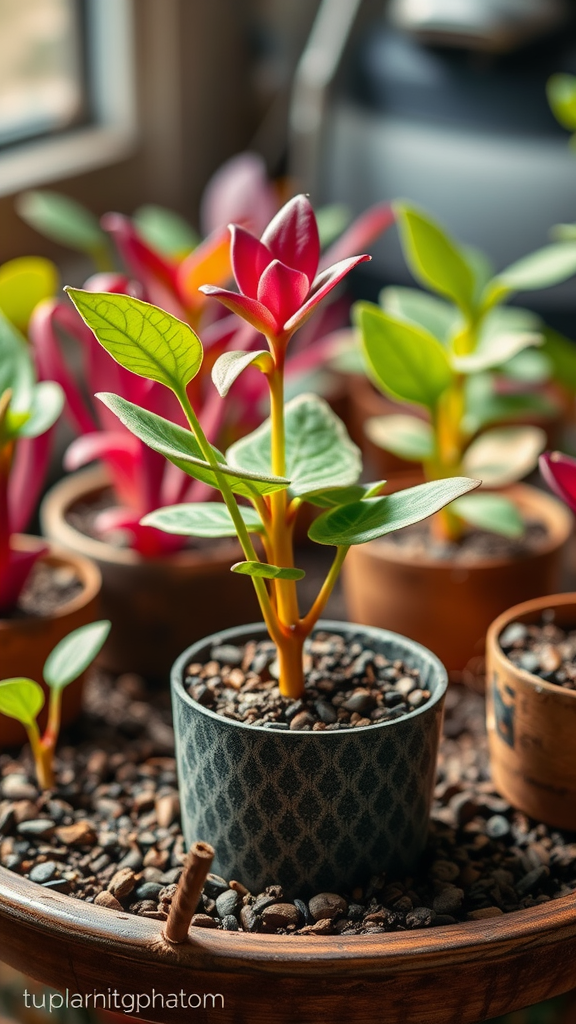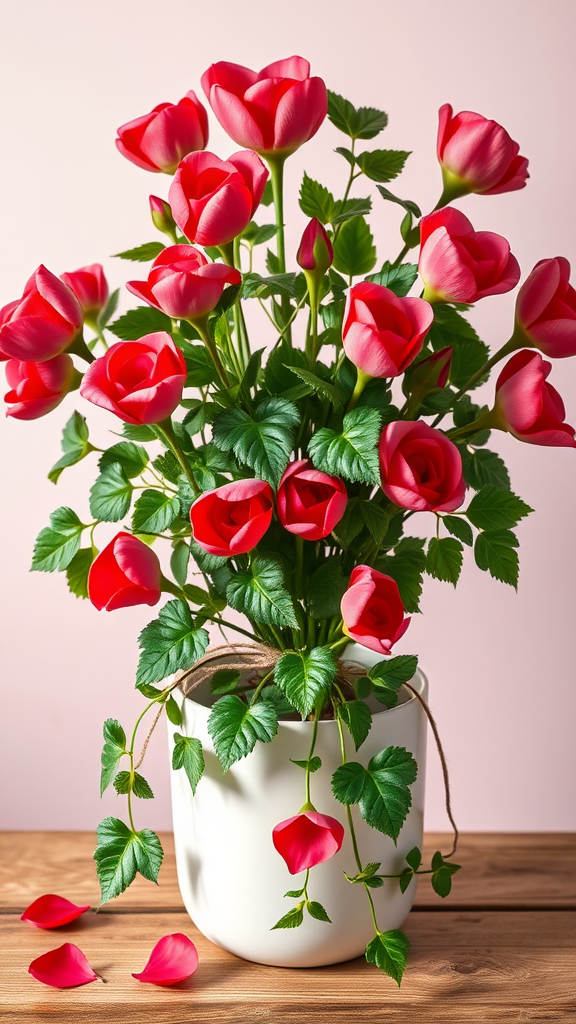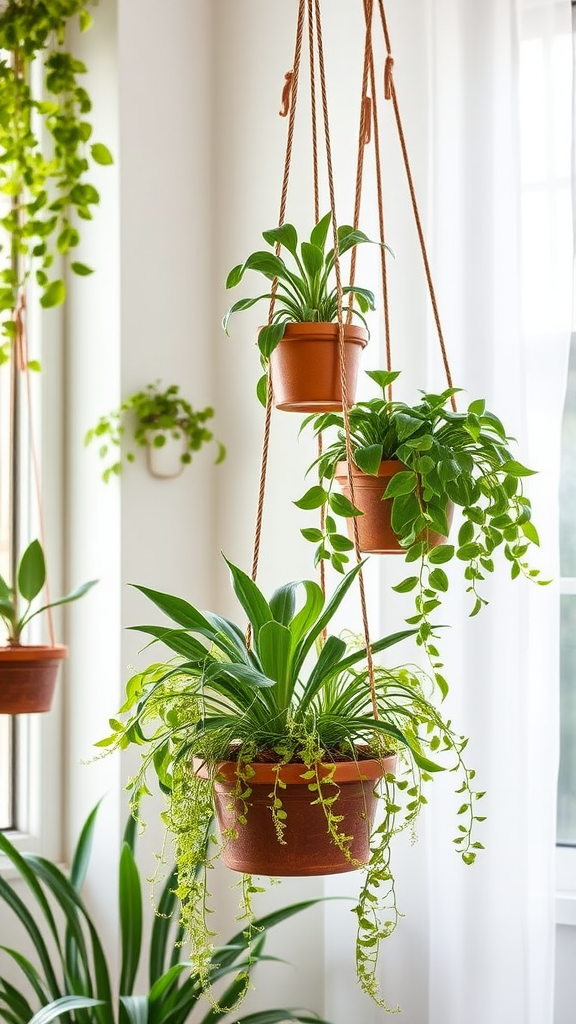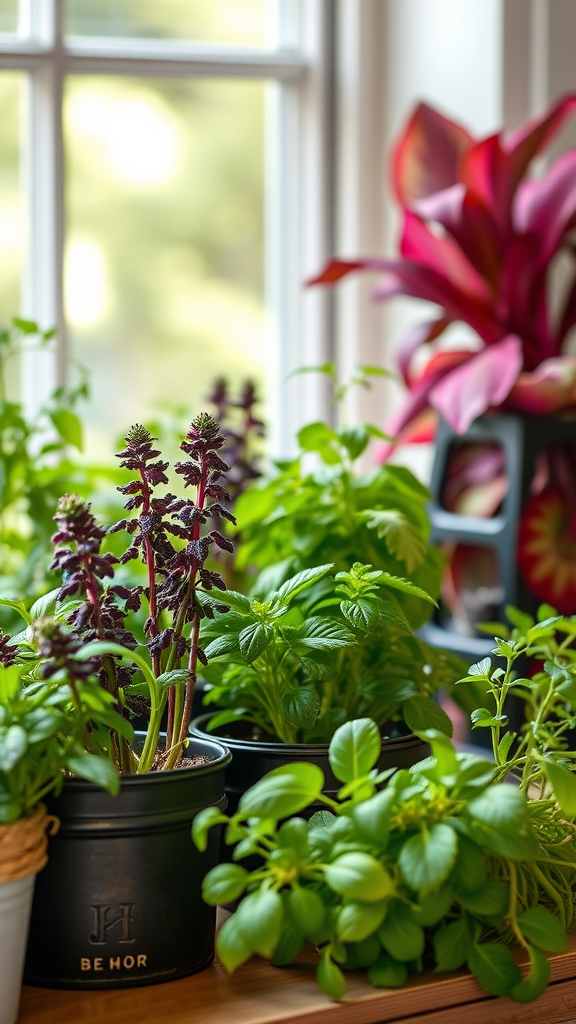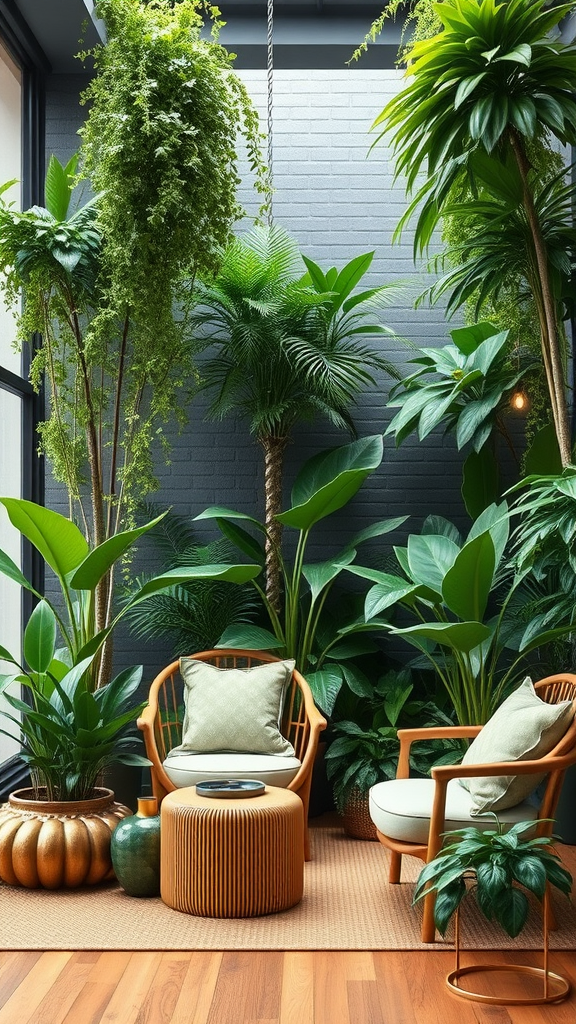Exploring 7 Essential Plant Propagation Tips to Expand Your Greenery Collection
Growing your plant collection can be a fulfilling journey, and mastering plant propagation is an excellent way to expand your greenery. Whether you’re a beginner or have some experience, these seven essential tips will help you successfully propagate plants and enrich your home with lush greens.
1. Understand Different Propagation Methods
There are several methods to propagate plants, and each has its own best practices. Here are three common types:
- Cuttings: This involves taking a section of a stem or leaf and encouraging it to grow roots.
- Division: Perfect for clumping plants, this involves separating the root ball into smaller sections.
- Seeds: Another popular method where you grow new plants directly from seeds.
Understanding which method suits your plant type is vital for successful propagation.
2. Use Clean Tools
Always ensure your tools are clean to prevent transmitting diseases to your plants. Use sterilized scissors or knives when taking cuttings. A simple solution of rubbing alcohol can help disinfect your tools effectively. A clean-cut also helps the plant heal better, increasing the chances of successful propagation.
3. Choose the Right Time
The right timing can make a significant difference in successful propagation. Spring and early summer are often the best seasons, as most plants are growing actively during this period. Avoid fall and winter unless you’re working with hardy plants. Seasonal awareness can help in achieving better results.
4. Use Quality Potting Mix
A good potting mix can help create the ideal environment for your plants to thrive. Look for a mix that retains moisture but also drains well to prevent root rot. You can even create your own mix by combining potting soil, perlite, and vermiculite to ensure proper aeration and drainage.
5. Maintain Optimal Moisture Levels
Moisture is crucial for plant propagation. After planting cuttings or seeds, keep the medium evenly moist but not soggy. You can use a spray bottle to mist the soil surface gently. Covering the cuttings with a transparent plastic bag can create a greenhouse effect, helping retain moisture while avoiding excess humidity that can lead to mold.
6. Provide Adequate Light
Light is essential for photosynthesis, which aids in growth. However, too much direct sunlight can be harmful, especially for young cuttings. Place your propagated plants in a spot with bright, indirect light to encourage healthy development. If natural light is limited, consider using a grow light to supplement their needs.
7. Be Patient and Observe
Patience is key in plant propagation. Not all cuttings will take root, and some seeds can take time to germinate. Keep an eye on your plants and adjust care based on their response. You’ll learn through observation the right conditions each plant needs to thrive.
By following these seven essential plant propagation tips, you can expand your collection and enjoy a flourishing green sanctuary at home. Whether it’s experimenting with cuttings or nurturing seeds, the joy of watching new plants grow is well worth the effort. Happy propagating!
The Benefits of Growing Your Own Plants: A Sustainable Approach to Gardening
Growing your own plants offers a plethora of benefits that extend beyond simply beautifying your space. It’s a sustainable approach to gardening that enriches both the environment and your personal life. Embracing the practice of gardening not only feeds your love for nature but also contributes positively to your surroundings. Let’s explore some of the key advantages that can come from cultivating your own plants.
Health Benefits
One of the most valuable aspects of growing your own plants is the health benefits attached to it. Interacting with nature significantly enhances mental well-being and reduces stress. Studies have shown that spending time in a garden can help improve mood and induce relaxation. Here are some specific health-related advantages:
- Physical Exercise: Gardening is a fantastic form of exercise. Digging, planting, weeding, and watering help build muscle and improve overall fitness.
- Nutrition: Growing your own vegetables and herbs means you have fresh produce available, enriching your diet with vitamins and minerals.
- Mental Clarity: Engaging with plants can help improve focus and cognitive function, making it easier to clear your mind.
Environmental Impact
Opting to grow your own plants contributes to a healthier environment. Utilizing sustainable gardening techniques minimizes ecological footprints. Here’s how:
- Pesticide Reduction: When you grow your own food, you can control what goes into your plants, avoiding harmful chemicals that commercial farms often use.
- Biodiversity: Home gardens can foster a diverse ecosystem. Diverse plant life attracts beneficial insects and birds, promoting a thriving environment.
- Carbon Offset: Plants absorb carbon dioxide and release oxygen, aiding in combating climate change.
Financial Savings
Growing your own plants, particularly edible varieties, can lead to notable cost savings. By growing fruits and vegetables at home, you reduce your grocery bills significantly. Here are some ways you can save money:
- Bulk Yield: One seed can lead to an abundance of crops, providing surplus that can be stored or preserved.
- Reduced Purchase Frequency: Having a garden reduces how often you need to shop for fresh produce.
- Less Waste: Backyard gardening leads to less packaging waste, as you’re harvesting the food directly from your yard.
Educational Opportunities
Gardening is an excellent educational opportunity for all ages. Whether you’re teaching children about the growth process or learning new techniques yourself, the lessons are endless. Consider the following:
- Responsibility: Caring for plants fosters a sense of responsibility and commitment.
- Life Cycles: Observing the life cycle of plants can enhance understanding of biology and ecosystems.
- Problem Solving: Managing pests or dealing with plant diseases develop critical thinking and problem-solving skills.
Connection to Nature
In today’s fast-paced, technology-driven world, many people feel disconnected from nature. Engaging in gardening not only brings you closer to the earth, but also promotes a sense of tranquility. Here are some ways this connection enhances your life:
- Sensory Experience: Gardening engages all your senses—from the feel of soil to the scents of flowers, and the sounds of rustling leaves.
- Aesthetic Pleasure: Cultivating colorful blooms and lush greenery adds beauty to your surroundings.
- Mindfulness: The act of planting and nurturing can be a meditative practice, grounding you in the present moment.
By growing your own plants, you are not only tending to a garden but also fostering a sustainable lifestyle and nurturing your well-being. From enhancing your health to supporting the environment, the benefits of cultivating your own plants are immense. It’s an enriching journey that brings joy, knowledge, and a profound sense of connection to the world around you.
Conclusion
Expanding your plant collection through propagation is not just an enjoyable hobby; it’s a rewarding venture that brings numerous benefits. By implementing the seven essential plant propagation tips discussed, you can watch your garden flourish while saving money and time. From understanding the right techniques and tools to providing the ideal conditions for your new plants, each step aids in successfully growing healthy greenery.
Growing your own plants also promotes a sustainable lifestyle. It reduces dependence on store-bought plants and encourages eco-friendly practices. You cultivate a greater appreciation for nature and the environment when you witness the joy of nurturing plants from cuttings or seeds. This connection can lead to more conscious gardening habits, such as reducing waste and utilizing local resources.
Furthermore, propagating your plants can provide a sense of accomplishment and satisfaction. Watching your efforts lead to thriving new life is incredibly rewarding. As you expand your collection, you may find new plant varieties that inspire creativity in your space—each plant telling its unique story while enhancing your home.
By embracing the art of plant propagation, not only do you contribute positively to the environment, but you also create a vibrant and diverse living space. Give these tips a try, engage in the world of gardening, and delight in the beauty and bounty you can cultivate right at home. Happy planting!

